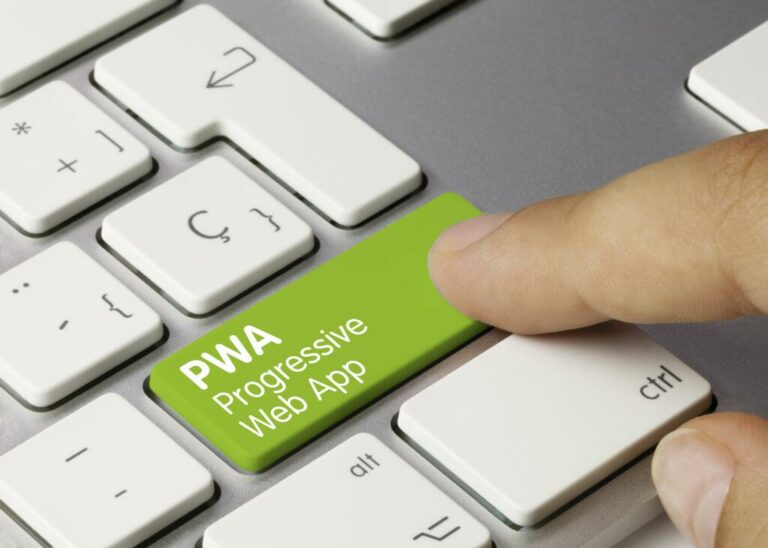The lastTriggerTime with the most recent timestamp signifies the ImageChangeTriggerStatus of the last build. This ImageChangeTriggerStatus has the same name and namespace as the image change trigger in buildConfig.spec.triggers that triggered the build. When the push events are processed, the OpenShift Container Platform control plane host confirms if the branch reference inside the event matches the branch reference in the corresponding BuildConfig. You can enable pulling to a private registry by setting the pull secret and pushing by setting the push secret in the build configuration. Additionally, any user-defined environment variable, for example those configured with S2I] or docker strategy options, will also be part of the output image environment variable list.

In this series of blog posts on using a private Git repository with OpenShift, we have covered how to use a repository hosted on both GitHub and GitLab. We will now close out this series of posts by looking at how to use a private Git repository hosted on Bitbucket. From the web interface of Bitbucket browse to your Bitbucket settings. Upon clicking on Add key the key will be registered for the repository. After issuing the above command, we can check in the OpenShift console as well or create from there. Creating your account and repository on Bitbucket is very straightforward, you just need to go here and follow the get started steps.
3.5. Binary (local) source
The most effective way to ensure this is to have it get injected automatically through the use of a service account. Users normally remove their input secrets from the final application image so that the secrets are not present in the container running from that image. However, the secrets still exist in the image itself in the layer where they were added. When a BuildConfig is created, OpenShift Container Platform can automatically populate its source clone secret reference. This behavior allows the resulting builds to automatically use the credentials stored in the referenced secret to authenticate to a remote Git repository, without requiring further configuration. The user action to manipulate the source code will cause GitHub to make a call to the webhook URL, passing to it an event-specific payload of information.
- The most effective way to ensure this is to have it get injected automatically through the use of a service account.
- Builds that use Red Hat subscriptions to install content must include the entitlement keys as a build secret.
- All forms in the following examples are equivalent and execute bundle exec rake test –verbose.
- In all cases, the build log contains the output of the test runner, which can be used to identify failed tests.
- Now, whenever you push a change to your GitHub repository, a new build will
automatically start, and upon a successful build a new deployment will start. - Source-to-image (S2I) supports a .s2iignore file, which contains a list of file patterns that should be ignored.
- The result of this setup is that the output image of the second build does not have to contain any of the build tools that are needed to create the WAR file.
Use the following sections for an overview of and instructions for managing build output. For more information about communicating with a Git repository using these protocols see the hosted version of the Pro Git book. In most cases, the service DNS name ..svc is not externally routable.
Create a Repository and configure webhook manually
This is the file with the .pub extension, which in this example is called repo-at-bitbucket.pub. The first step to using a private Git repository on Bitbucket using a repository SSH key is to generate the SSH key pair to be used with that repository. Do not use your primary identity SSH key as you will need to upload the private key file of the SSH key pair to OpenShift. A private Git repository on Bitbucket can be accessed using either SSH or HTTPS. In order to import the private key in the OpenShift cluster, it is required to create a secret, please check how to do it as shown below.
The primary use of ..svc is for intracluster or intraservice communication, and with re-encrypt routes. Kubernetes provides Secret objects, which can be used to store configuration and passwords. Input config maps are not truncated after the assemble script completes. If multiple secrets match the Git URI of a particular BuildConfig, OpenShift Container Platform selects the secret with the longest match. URI patterns must match Git source URIs which are conformant to RFC3986.
Debugging IBM ACE Applications using Kubernetes
This ensures that builds are performed using consistent image tags for ease of reproduction. To make environment variables available to the Pipeline build process, you can add environment docker container consulting variables to the jenkinsPipelineStrategy definition of the build configuration. You can also manage environment variables defined in the build configuration with the oc set env command.
A long list of GitHub actions are able to trigger webhooks, which are listed here, together with information regarding the payload content. The mechanism of exposing the URL for the webhook and for handling the data sent to it is described in the next section. If so, it then checks out the exact commit reference noted in the webhook event on the OpenShift Container Platform build. When the push events are processed, the OpenShift Container Platform master host confirms if the branch reference inside the event matches the branch reference in the corresponding BuildConfig. This is more convenient than requiring each developer to install pull secrets with registry.redhat.io credentials in each project.
Install OpenShift Container Platform
The -k argument is only necessary if your API server does not have a properly
signed certificate. You should see a message from GitHub stating that your webhook was successfully
configured. By clicking “Post Your Answer”, you agree to our terms of service and acknowledge that you have read and understand our privacy policy and code of conduct.

With the help of automation, you and your team can build, test, and deploy software quickly and efficiently. This level of control enables the cluster to support upgrades and patches of the control plane nodes with minimal effort. The compute nodes can be running Red Hat CoreOS, RHEL or even Windows. You can interact with your OpenShift Container Platform instance from a remote system as well,
using these command line utilities. Bundled as the OpenShift CLI, you can
download these utilities for Windows, Mac, or Linux environments in the
CLI Reference section. The installer for OpenShift Container Platform is provided by the
openshift-ansible package.
Atlassian Community Events
You will see that Bamboo added its own SSH key to repository to gain access. After successfully completing the installation process, the next step is creating a TLS certificate for Nginx. OpenShift includes other software such as application runtimes as well as infrastructure components from the Kubernetes ecosystem. For example, for observability needs, Prometheus, Fluentd, Vector, Loki, and Istio (and their dependencies) are included. The Red Hat branding of Istio is called Red Hat Service Mesh, and is based on an opensource project called Maistra, that aligns base Istio to the needs of opensource OpenShift. After a successful install, but before you add a new project, you must set up
basic authentication, user access, and routes.

Administrator views allow one to monitor container resources and container health, manage users, work with operators, etc. Developer views are oriented around working with application resources within a namespace. OpenShift also provides a CLI that supports a superset of the actions that the Kubernetes CLI provides.
Pipeline contextual information in the image
When using a trigger template, the application source git resource is created as needed, and a resource object for the source code is not required. For other image change triggers that do not reference the strategy image stream, a new build is started, but the build strategy is not updated with a unique image reference. For other image change triggers that do not reference the strategy image stream,
a new build will be started, but the build strategy will not be updated with a
unique image reference. In addition to setting the image field for all Strategy types, for custom builds, the OPENSHIFT_CUSTOM_BUILD_BASE_IMAGE environment variable is checked. If it does not exist, then it is created with the immutable image reference.

